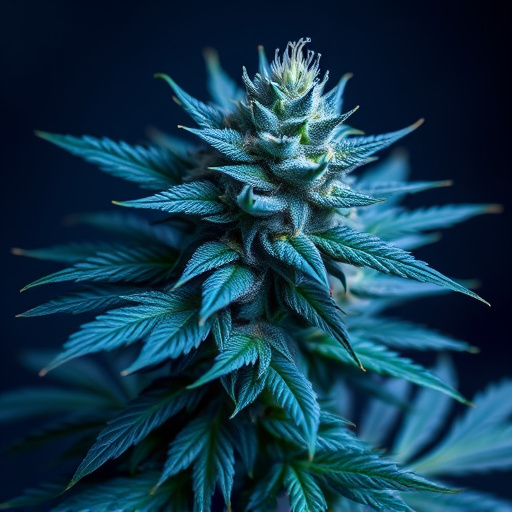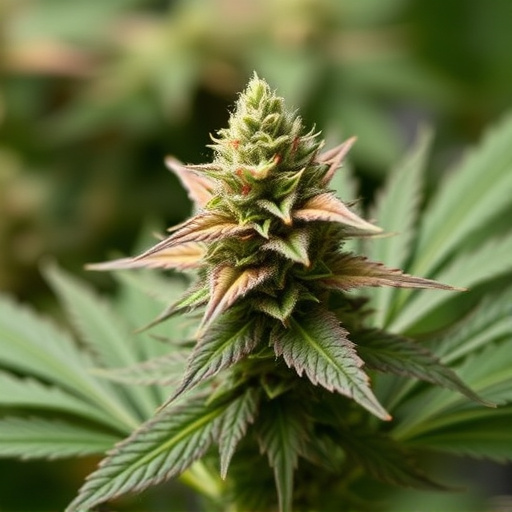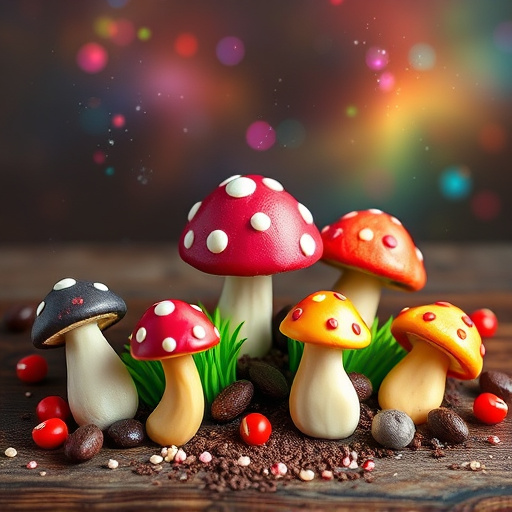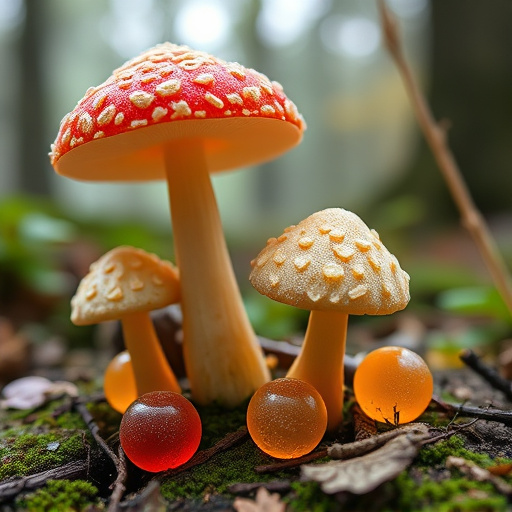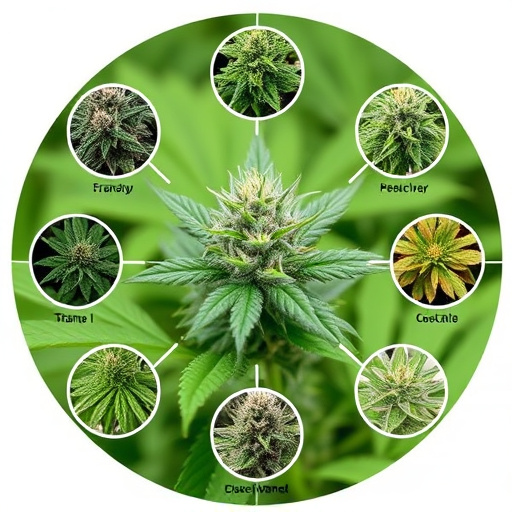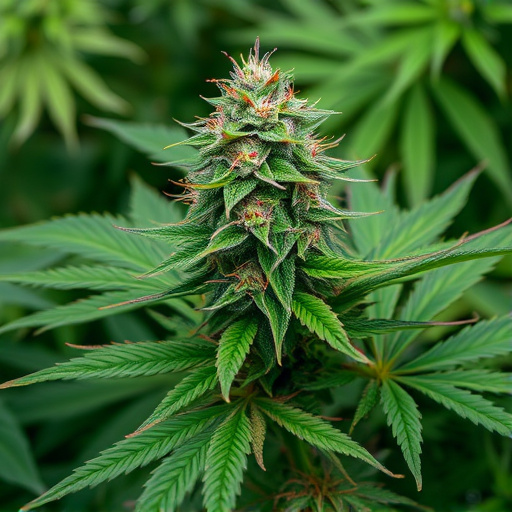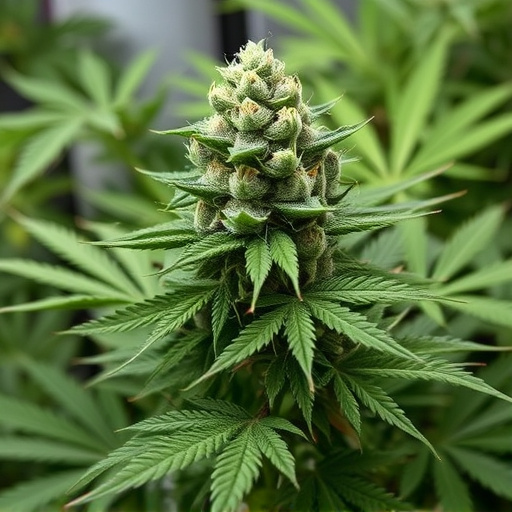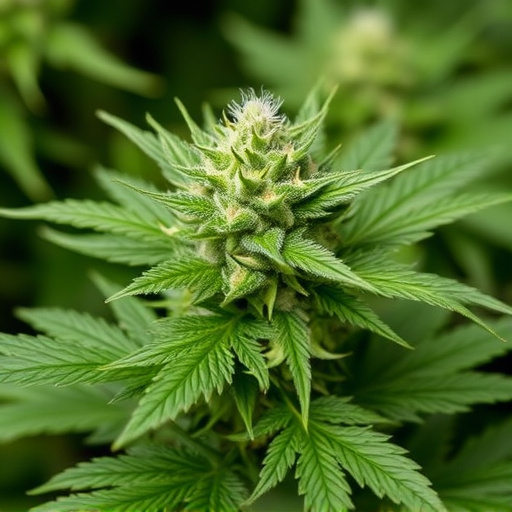Identifying cannabis strains is crucial for understanding their unique effects on individuals. Cannabinoids like THC and CBD, present in varying combinations, dictate the plant's influence, with high-THC strains inducing euphoria and high-CBD strains offering calmness without psychoactive effects. User responses vary based on tolerance, biochemistry, and preferences, so researching specific strains enables personalized experiences tailored to desired outcomes. Understanding terpene and cannabinoid profiles helps select Indica or Sativa varieties for optimal daytime or nighttime use, enhancing overall enjoyment and potential therapeutic benefits for conditions like arthritis, sleep issues, and skin problems.
Cannabis flowers offer a diverse range of effects, with each strain carrying its own unique blend of cannabinoids and terpenes. Understanding these variations is crucial for identifying cannabis strains that cater to individual needs. This article explores how different people experience cannabis, delving into neurological and psychological impacts, as well as physical reactions and potential therapeutic benefits. By understanding the varied effects, users can navigate the market, choosing strains that align with their desired outcomes.
- Understanding Cannabis Strains and Their Varied Effects
- Neurological and Psychological Impacts: A Diverse Experience
- Physical Reactions and Potential Therapeutic Benefits
Understanding Cannabis Strains and Their Varied Effects

Identifying cannabis strains is a crucial first step in understanding how this plant can affect different people. Cannabis flowers, or buds, contain various chemical compounds known as cannabinoids, with THC (tetrahydrocannabinol) and CBD (cannabidiol) being the most well-known. Each strain of cannabis has a unique combination of these cannabinoids, which significantly influences its effects. For instance, strains high in THC tend to induce feelings of euphoria, heightened senses, and increased heart rate, while those rich in CBD are known for their calming and anti-inflammatory properties without the psychoactive effects.
By researching and identifying specific cannabis strains, users can anticipate and manage their experiences more effectively. Different people may respond differently to the same strain due to various factors like tolerance, personal biochemistry, and individual preferences. Understanding these nuances allows users to choose strains that align with desired outcomes, whether it’s relaxation, energy boost, or pain relief, ensuring a more enjoyable and personalized cannabis experience.
Neurological and Psychological Impacts: A Diverse Experience
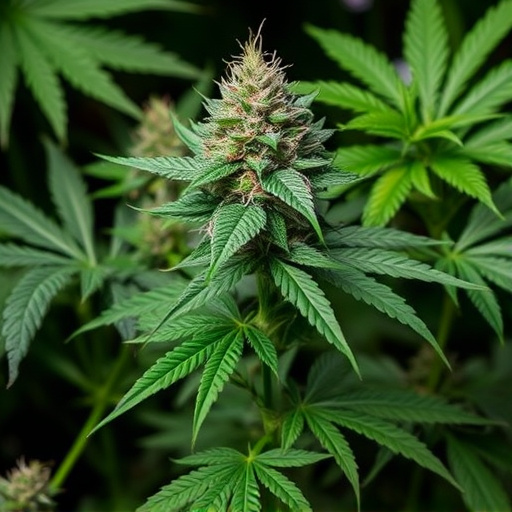
The neurological and psychological impacts of cannabis flower vary widely among individuals, largely depending on factors like personal tolerance, strain composition (terpenes and cannabinoids), and individual brain chemistry. While some users report feelings of relaxation, euphoria, or heightened sensory perception, others may experience anxiety, paranoia, or even hallucinations, especially with higher THC concentrations. These differences underscore the importance of identifying cannabis strains tailored to specific needs and preferences.
Understanding the unique combination of cannabinoids and terpenes in different strains is key. For instance, Indica strains often promote relaxation and are favored for nighttime use due to their tendency to induce sleepiness. In contrast, Sativa varieties tend to stimulate creativity and energy levels, making them popular for daytime activities or for alleviating symptoms like depression and fatigue. By carefully selecting strains, users can navigate the diverse psychological landscape of cannabis, ensuring a more positive and controlled experience.
Physical Reactions and Potential Therapeutic Benefits

Cannabis flowers offer a diverse range of effects due to their complex chemical composition, with terpenes and cannabinoids being key players. Identifying cannabis strains based on these compounds allows users to tailor their experience to specific needs. For instance, Sativa strains are often associated with uplifting and energizing effects, making them popular for daytime use or creative activities. In contrast, Indica varieties tend to induce relaxation and calmness, suitable for evening unwinding or managing stress.
Beyond recreational use, cannabis has potential therapeutic benefits. Physical reactions can vary widely; some users experience increased heart rate and heightened senses, while others may feel a sedative effect. Cannabis is explored for its pain-relieving properties, helping manage chronic conditions such as arthritis or neuropathies. Additionally, its anti-inflammatory effects have shown promise in treating skin conditions and promoting better sleep quality.
Cannabis flowers, with their diverse terpene and cannabinoid profiles, offer a unique experience for each individual. By understanding different strains and their effects, users can identify the ideal variety to cater to specific needs and preferences. Whether seeking relaxation, pain relief, or creative inspiration, exploring various cannabis strains allows one to navigate and harness its therapeutic potential. This personalized approach to consuming cannabis ensures that individuals can make informed choices, maximizing both enjoyment and the benefits it offers.

